"The nature of the time, most serene prince, requires this, an observance of an old proverb, which enjoins kissing the hand we are unable to cut off."The Russia-China alliance has become an unstoppable powerhouse of visionary infrastructure projects across the Arctic, Eurasia, Africa and Europe exemplified beautifully by the evolving Belt and Road Initiative and BRICS. This cooperative alliance has tapped into a strategic reality of mankind's genuine common interests which is so powerful that even countries formerly at war with each other and subjects of imperial manipulation have increasingly broken free in order to participate in this new paradigm.
~ Sebastien Guistinian, Venetian Ambassador to England's Henry VIII
OF THE
TIMES

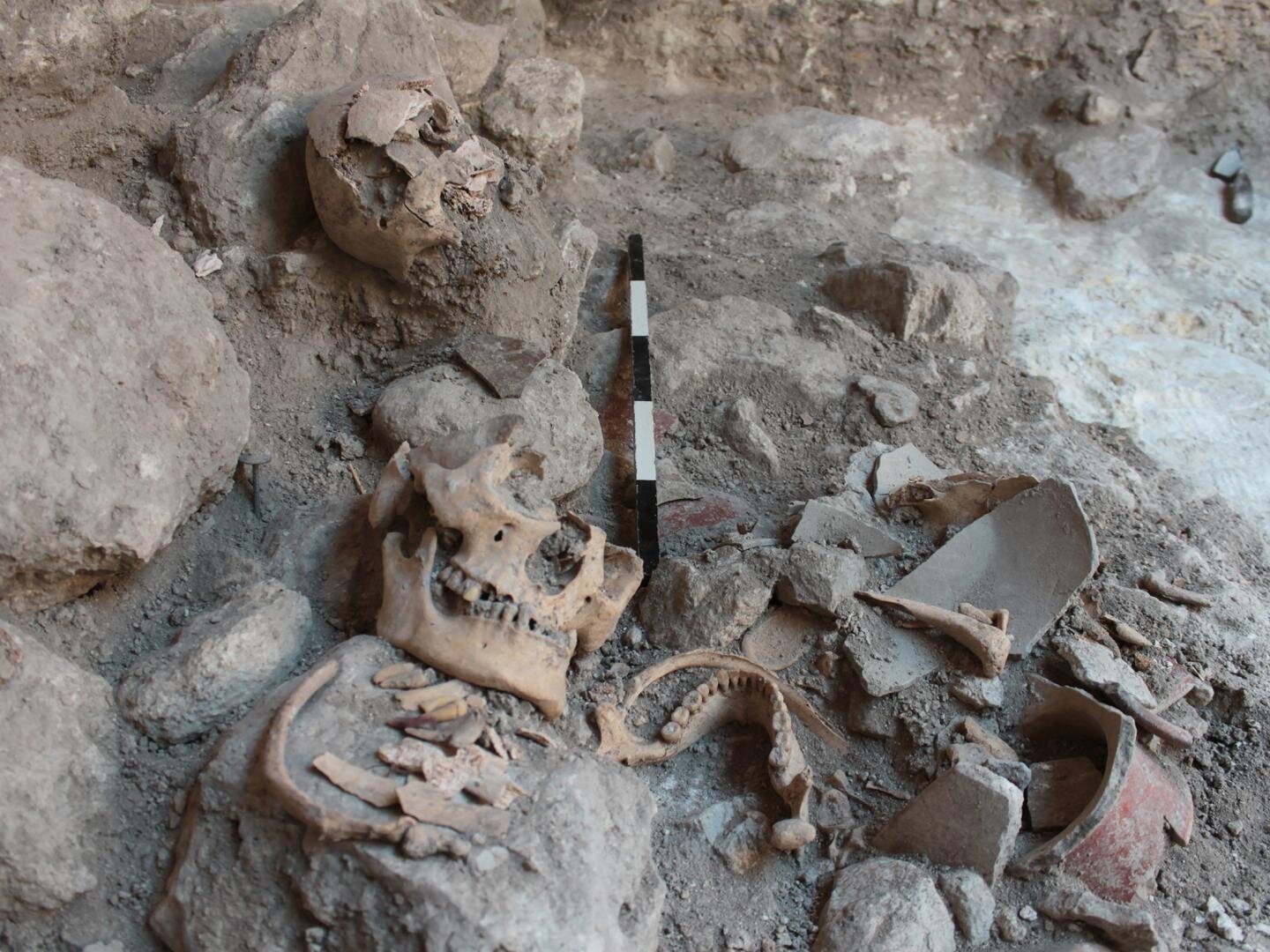
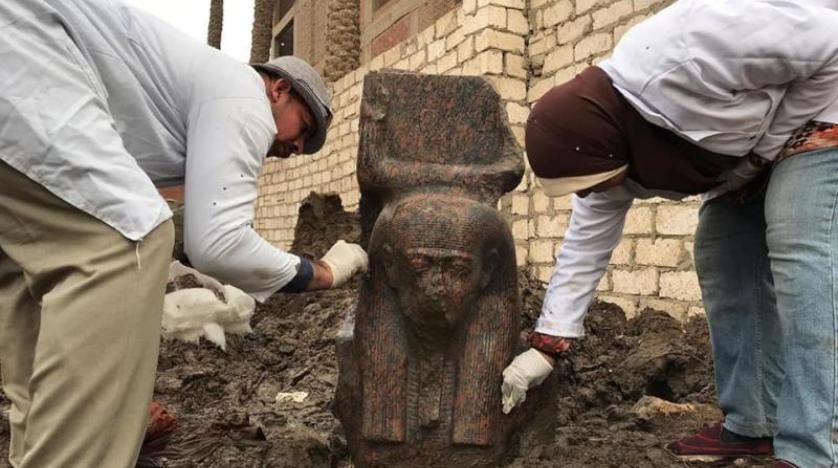
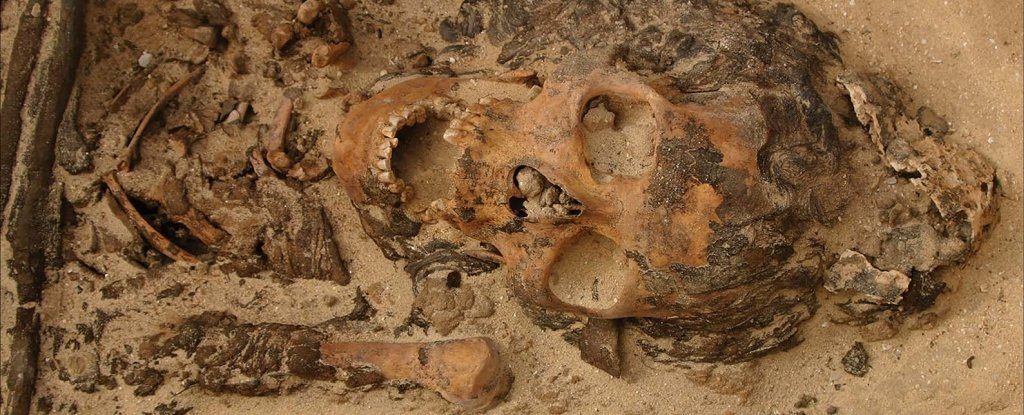
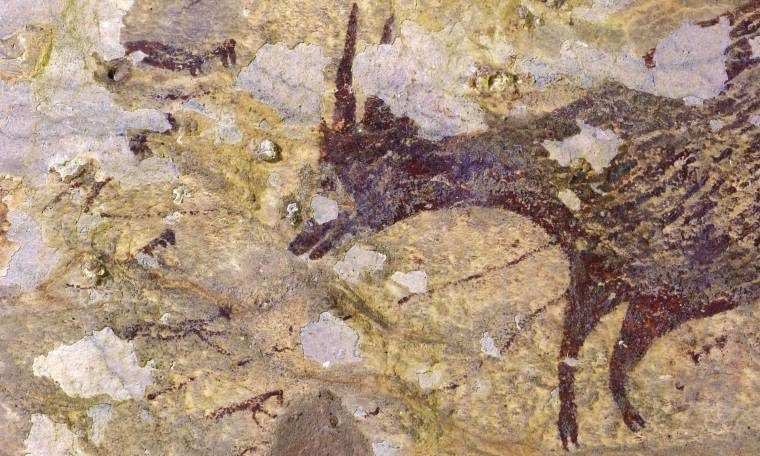
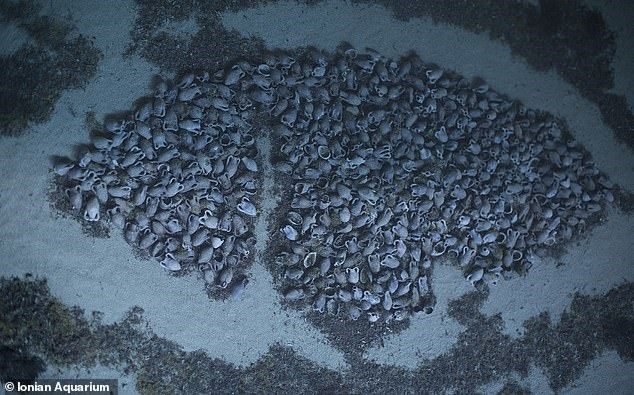



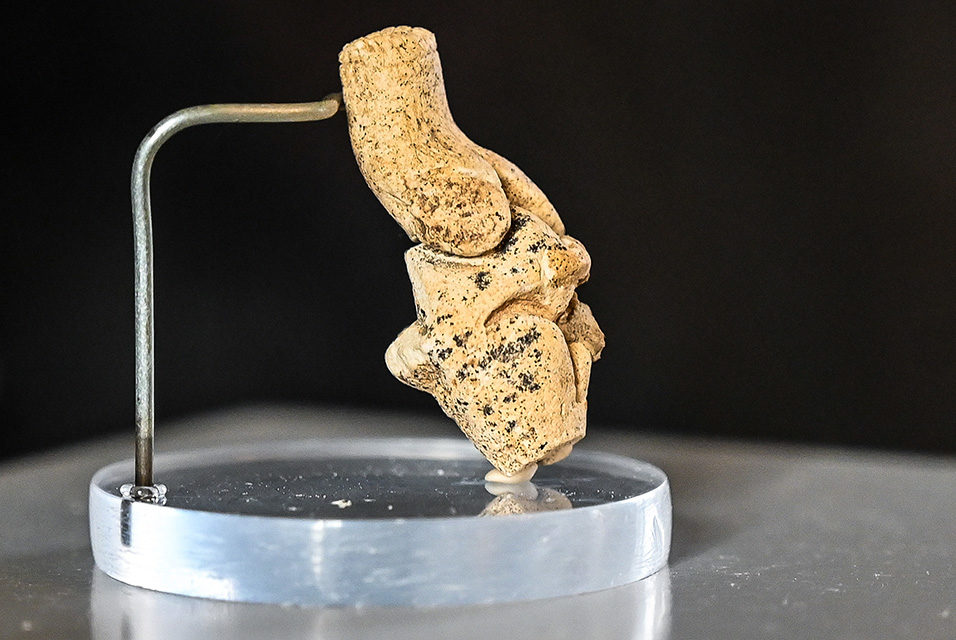



Comment: It's notable that, even though climate stressors have been recorded around that time, the ancient Maya practiced 'total war' even before this wrought havoc on their civilization.
See also: